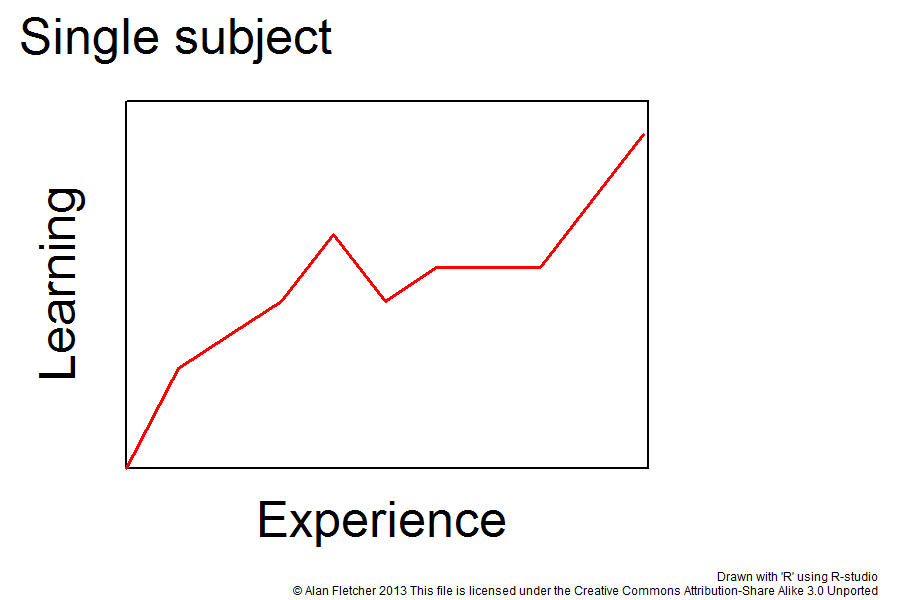SR2: Learning curve – be patient and keep a healthy stance always when singing. Always work on: audiation (listen, internalize, and understand the sound), breath (create space for air with the pitch moving into your voice), and phonation (release of breath and activation of folds from audiation using ADSR). Allow the folds of modal register and vocal fry to interact with each other to create the subharmonic. Sing long tones, use a variety of vowels, and work on jumping back and forth between subharmonic and modal. Use falsetto to reset the voice.
Moment of Truth – there is a learning curve when it comes to this. There will be many trials and errors, but rest assured that if you rely on proper and healthy technique, your progress will not go unnoticed.

In order to sing subharmonics, you must: see, hear, and understand how it is produced. We will start with examples.
Here is an example of subharmonics used in the context of singing (March 2014). Toward the end of this piece (“Seneca’s Death” from Monteverdi’s L’incoronazione di Poppea), I sing an A2 in the modal register, shift into subharmonics for an A1 for the penultimate note, and finish back modal for the D2. Pay attention to transition, brightness, and vowel shape:
In this example below you will hear and see in the spectrograph Dr. Leonardo Fuks (pretty much the master of subharmonics/undertone singing) demonstrating subharmonics down to the 4th level while sustaining the fundamental pitch. Listen for larynx position, the sound of each subharmonic, and also watch the graph carefully. The first and second subharmonic will probably be all that you need (and probably the only two that would sound closest to your natural voice) but being able to move into the rest of the undertone series is a plus and a feat in itself.
– Click here for Dr. Fuks’ demonstration –
(or, you can click here for the original site, untranslated)
Mari Kimura, an amazing musician and researcher for subharmonics, gives a short demonstration of it on the violin:
She also released an album called “The World Below G and Beyond” where she incorporates subharmonics in the compositions. Click here to download the tracks or albums.
Here is a demonstration of range going from Bb1 to Bb4 (subharmonics to full voice) with great transition and ease of breath – from none other than fellow colleague and Oktavism.com webmaster, K Barber:
Just for kicks, here is what it sounds like in speech. Popeye, a show that I may have watched too many times as a child (… and as an adult… still…) uses subharmonics when he speaks. It is higher than what you would use when singing, but it will give you an idea of what to listen for. Starting at 1:17, his voice is normal. Listen at 1:29 as his voice shifts to subharmonics for speaking:
Continue on to the next post, “How to Sing Subharmonics, part 2”, to begin the first two steps to singing subharmonics.
This content has referral links which is no extra cost to you when you click on them. Please refer to the Disclaimer page for more information and THANK YOU for your support! – Thou



This is awesome! Is it due to a resonance of the original key note and the most intense subtone beneath it? I’ve spotted 18 of such resonances in my own voice, although few are easy to obtain so far and in a very different style of singing (“rasp”). The motivation for investigating them was not so much singing very deep, but creating different chords and a fuller sound. The first question I was asking myself was, how they are created physiologically. The second question was, how many of them could one possibly learn to control. Until recently I couldn’t find any information about resonances higher than the fundamental one on the internet. Do you know some further information?
Thank you for the information, much appreciated. Such a shame the Youtube channel no longer exists. Are the videos uploaded somewhere else now?
Is singing subharmonics using the vocal fry method safe to use long term or at least how often can it be used without causing damage ? Regularly? Have studies been done ?
I have been using subharmonics for around 10 years. Ken Turner, a southern gospel bass, has been using it for a lot longer and is still singing. There are many singers out there just not well known (or are very good at the fact of hiding it because they have mastered the technique so well).
What I am doing is a self-study at the moment using my own voice since there have been no other studies done. So far, there are no adverse effects; I believe this is due to the fact that when subharmonics are done incorrectly, they simply do not work and your voice returns up the octave. Now there are other techniques that, due to force, can become a vocal issue; however, you can argue this for any technique. I’ve seen opera singers with limited careers because of singing with too much breath pressure. Same thing for pop singers. It’s all in how you approach and how well you understand proper and healthy vocal production. I always try to approach it from that school of thought and so far it has yielded great results.
For the most part, people are taking this task on their own and a lot of voice professors are intrigued by it; unless a full study is conducted on many singers (including a control group) over a period of so many years, we cannot know for sure. One thing is for sure is that I am using my voice as an example. I will let you know if any ill-effects to the voice occur.
Thanks!
Thou